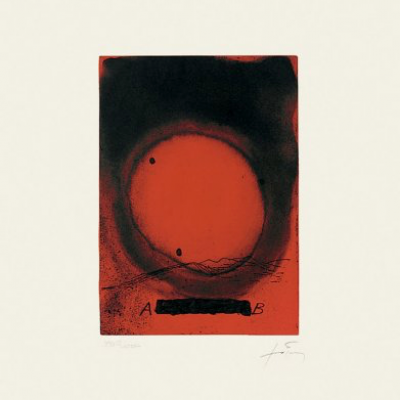
Details
Artist
Styles
Between the Torus and the Sphere IV (2006) is an etching that captivates with its dynamic interplay of bold, curved black bands against a textured white background. The composition’s sweeping arcs create a sense of fluid motion, hinting at mathematical and geometric inspiration, as suggested by the title. This piece invites viewers to explore the contrast between solid and void, as well as the subtle variations within the black and white fields. Produced as part of an edition of 45, each print is signed by the artist, underscoring its uniqueness within a cohesive series.
Between the Torus and the Sphere IV, 2006
form
Medium
Size
100 x 100 cm
- Inches
- Centimeters
Edition
Range
- USD
- EUR
- GBP
Details
Artist
Styles
Between the Torus and the Sphere IV (2006) is an etching that captivates with its dynamic interplay of bold, curved black bands against a textured white background. The composition’s sweeping arcs create a sense of fluid motion, hinting at mathematical and geometric inspiration, as suggested by the title. This piece invites viewers to explore the contrast between solid and void, as well as the subtle variations within the black and white fields. Produced as part of an edition of 45, each print is signed by the artist, underscoring its uniqueness within a cohesive series.
- Recently Added
- Price (low-high )
- Price (high-low )
- Year (low-high )
- Year (high-low )
Richard Serra
Between The Torus And The Sphere III, 2006
Limited Edition Print
Etching
EUR 20,000 - 30,000
Richard Serra
Between The Torus And The Sphere IV, 2006
Limited Edition Print
Etching
EUR 20,000 - 30,000
What is Arte Povera?
A movement and style in art that originated in Italy during the 1960s. It integrates elements of minimalism, performance art, and conceptual art by using everyday or seemingly worthless materials, such as newspapers, stones, or rags. The goal was to challenge and subvert the commercialization of art.
















